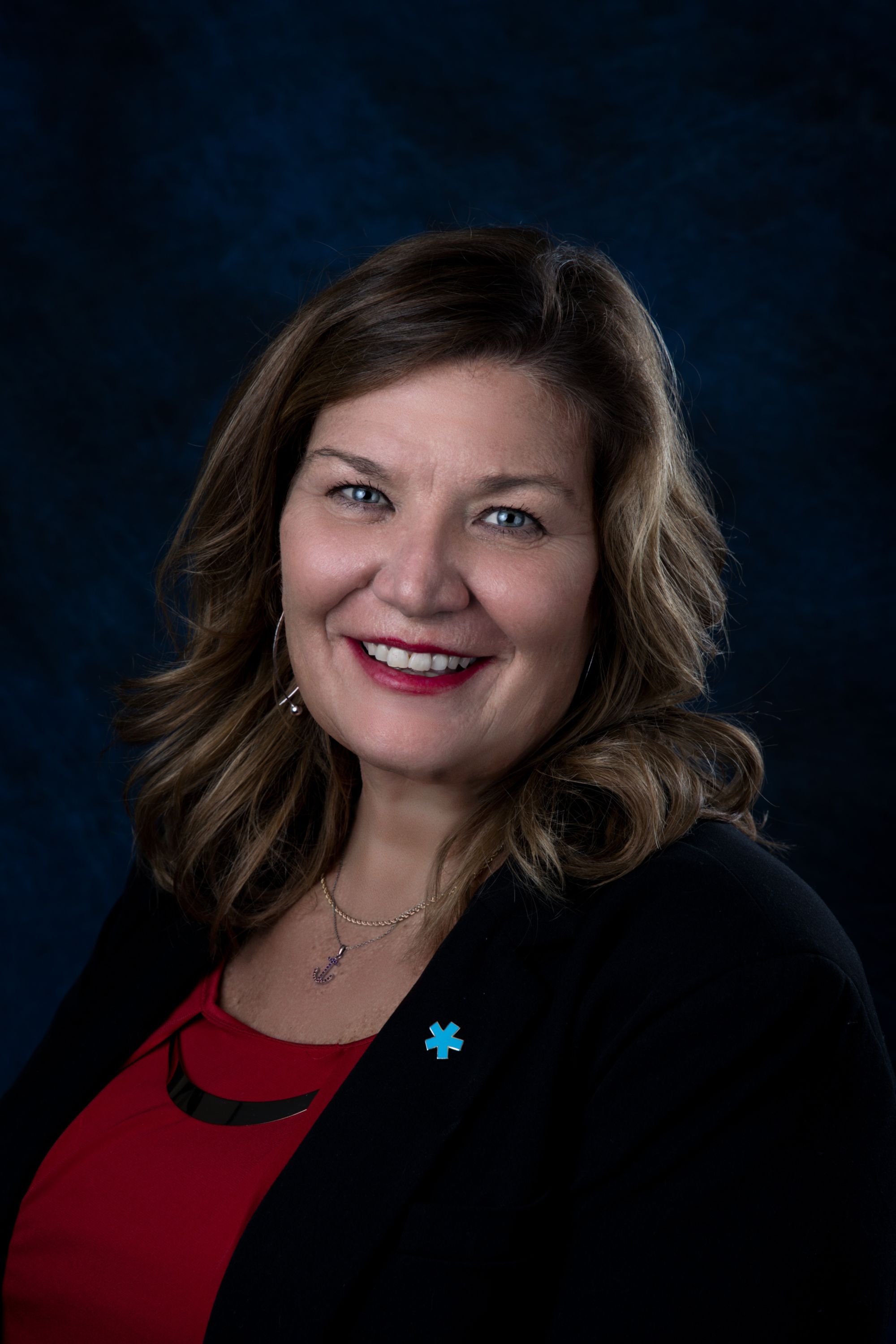To Leverage Clinic Operational Data, Start with Results

By Taffie Majdeski*
Leveraging data analytics can unlock powerful clinical insights, but building a program that does it successfully takes careful planning and strategy to implement. Here are seven strategies to help you achieve success.
- Start at the end:
Visualizing the end result before building, configuring or starting to collect data will help you identify how to get the information you need, how to use it and how it can be helpful.
By putting thought and intent into your analytics program, beginning with the end, identifying which financial, operational and clinical key performance indicators (KPIs) you want to measure first, you can build and configure your workflows, data entry and collection to support them.
Once you have a solid program and are collecting accurate, meaningful data, you can use that data to reduce variation, make real-time decisions and impact the care you provide to your patients.
- Identify opportunities:
Understanding what there is to gain is important, and the focus may be different for each clinic. For one customer, we created dashboards that compared modality mix, which revealed that one of their sites was treating with advanced modalities, such as stereotactic body radiation therapy (SBRT), but another was primarily treating with external beam, which was less effective and led to more side effects. The data allowed the customer to dig into the issues and understand why, including whether it was an equipment issue or physician preference.
For another customer, we created a dashboard to track on-treatment visits (OTVs), identifying missed visits or visits that were billed incorrectly. By visualizing that relevant payment and reimbursement information, the customer was able to dig into the root cause of the issues and recoup $34,000 in OTV visits missed from the previous month and prevent similar losses going forward.
Sometimes uncovering opportunities requires several approaches. For one client, we optimized workflows, augmented interoperability and used several dashboards, an effort that resulted in its percentage of denials plummeting from 7 percent to 0.06 percent. Additionally, the customer, which had been meeting weekly to deal with the volume of denials, was able to transition to meeting on an ad-hoc basis.
- Start with the basics:
The first step is homing in on what to measure, and digging into clinical, operation, financial and experience (COFE) data to identify opportunities.
For example, reviewing modality mix to understand differences in how your clinic is treating various diseases, based on provider or site and whether you’re coding correctly to recoup the costs for services provided. That data can also help drive better clinical care as you identify and implement best practices.
Understanding the experience for all stakeholders is another important area to consider because it plays an important role in driving other operations. Patients are a core stakeholder group, but don’t forget referring providers, payors and other departments in the hospital.
- Decide how to measure:
Take an inventory of where your data are kept, including electronic medical records, financial systems, hardware, a hospital system or even paper. There are many analytics tools and platforms available, so it’s important to choose one that enables you to slice and dice the data to unlock insights that are useful.
- Plan to measure:
Once you decide what and how to measure, make a plan to ensure it will happen. How will data be entered and by whom? Create a workflow to make sure that data are collected and entered in a way you need to deliver a dashboard or report. As you build your system, try sketching it out to think through the possibilities. For example, a dashboard on toxicity might have options to let you filter in several ways, such as by disease, provider, stage, grade and co-morbidities. Don’t forget to check the data, to ensure accuracy.
- Train for success:
Implementing a new system can be challenging in a busy clinic. Sharing new workflows is a key part of success, but so is building buy-in by helping teams understanding the potential benefits and seeing results.
- Be prepared to change:
A data analytics program will need to be revised over time to respond to changes to regulations, payment models, treatment standards, systems upgrades, and even staff changes.
Learn more about professional services offered by Varian’s Advanced Oncology Solutions team.
* Taffie Majdeski has over 40 years of experience in the medical field, with a focus on leadership, project implementation, and data analytics and reporting. As director of the Varian Executive Partnership (VEP) program and Analytics and Reporting at Varian, a Siemens Healthineers company, she leads teams responsible for implementing and delivering data-driven solutions. She holds an MBA, a bachelor’s degree in allied health administration, and an oncology nursing certificate. She has presented at national conferences and is a member of the Society for Radiation Oncology Administrators.
Share any helpful tips and suggestions.
We would love to hear your experiences.
Share your thoughts here, or login to SROA Connect and join the conversation. If you are not a member of SROA yet, learn more about joining the radiation oncology association serving the niche profession of Radiation Oncology Administrator.
Related Content:
SROA Blogs
Comments